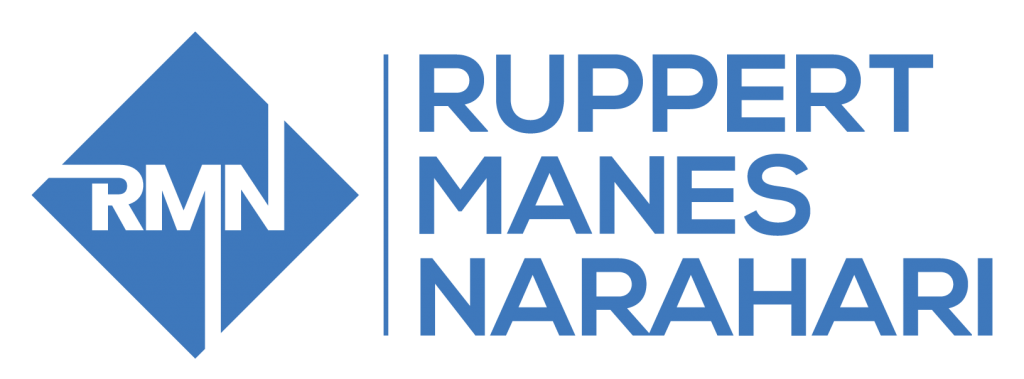Deducting long-term business assets for your home business
Tom and Jane go to the store and each purchases a printer. Tom buys his so he can print the latest rules and passwords for his favorite online video game; Jane buys her so she can print business documents for her home accounting business. Each pays $1,000 for the printer. What is the cost to each? It will cost Tom the full $1,000, but it will only cost Jane $5,500 because Jane is using hers for her business. The tax laws will allow Jane a 45% deduction because the printer is a long-term business asset. Let’s take a look at what a long-term business asset is and how your small home business can take advantage of the tax laws surrounding them.
What is a long-term business asset?
A long-term business asset is a capital expense. The words are often used interchangeably and it is any business property you reasonably expect to last for more than one year. The useful life of the asset is not it’s physical life, but rather the period of time during which the item may reasonably be expected to be useful to your business. The IRS makes the determination of how long the item will be useful and some common items considered long-term business assets are office furniture, computers, printers, etc.
How to deduct capital expenses
There are two ways to deduct capital expenses: either through depreciation, which allows for you to deduct some of the cost each year over an asset’s useful life, or you may be able to deduct all of the cost of an item in one year using Section 179 of the Internal Revenue Code. Because of the time value of money it is almost always better to deduct using Section 179 if you can, although there are a few situations where you may wish to depreciate over a number of years.
Section 179
You can qualify for an immediate deduction using Section 179 only if you buy long-term tangible personal property that you use in your business more than 50% of the time. Some examples of this type of property are computers, fax machines, business equipment, etc.
Some things to keep in mind
In order to be a long-term business asset an item must meet a cost threshold. The rules are not set in stone, but if something costs more than $100 it is probably a capital expense, but if it costs less than $100 it is usually not a capital expense and it is considered currently deductible. Also, certain items fall outside of the purview of Section 179 automatically such as land, inventory, permanent structures attached to land and air conditioning and heating units.
Conclusion
Long-term assets are any business assets that are deemed by the I.R.S. to be useful to a business for a period of greater than one year. Through Section 179 of the I.R.C. these items may be currently deductible if they meet certain criteria such as using them for business over 50% of the time. It is worth noting which items can be deducted from your home business because 45% of the cost is what you can save in taxes. For more information regarding the deduction of business assets contact a local attorney.[1]
[1] Stephen Fishman, Home Business Tax Deductions: Keep What You Earn, 226-230 (Diana Fitzpatrick ed., Nolo 7th ed. 2011).

Comments are closed.